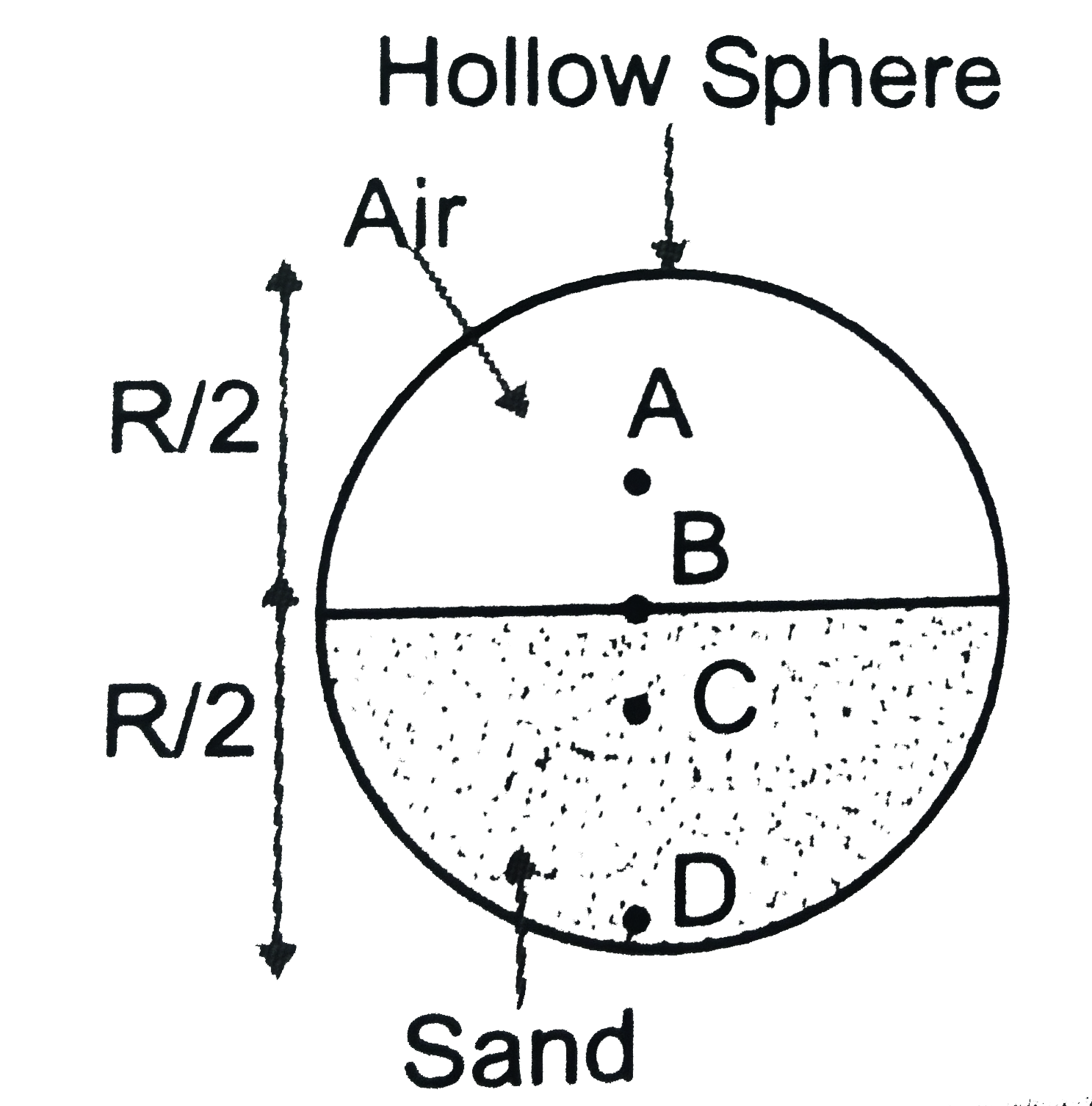The sudden mass killing of fishes is likely to be seen in a :
mesotrophic lake
oligotrophic lake
salt lake
eutrophic lake
The correct Answer is:D
Step-by-Step Solution:
1. Understanding the Question:
The question asks about the conditions that lead to the sudden mass killing of fishes in a specific type of lake.
2. Identifying Lake Types:
The options provided are:
- Mesotropic lake
- Oligotropic lake
- Salt lake
- Eutropic lake
3. Analyzing Eutrophic Lakes:
- Eutrophic lakes are characterized by high nutrient levels, particularly nitrogen and phosphorus. This leads to excessive growth of algae, known as algal blooms.
4. Impact of Algal Blooms:
- When algal blooms occur, they can block sunlight from reaching other aquatic plants, which affects photosynthesis.
- As the algae die and decompose, decomposing bacteria consume a significant amount of dissolved oxygen in the water.
5. Depletion of Oxygen:
- The activity of decomposing bacteria, along with the high biomass of algae, leads to a rapid depletion of dissolved oxygen in the water.
- This condition is referred to as hypoxia, where oxygen levels drop to a point that is insufficient to support aquatic life.
6. Consequences for Fish:
- Fish and other aquatic organisms rely on dissolved oxygen for survival. When oxygen levels fall drastically, fish cannot breathe, leading to mass mortality.
- The dead fish may float to the surface, indicating a sudden mass killing.
7. Conclusion:
- Based on the analysis, the sudden mass killing of fishes is most likely to occur in a eutropic lake due to the processes of nutrient accumulation, algal bloom formation, and subsequent oxygen depletion.
Final Answer:
The sudden mass killing of fishes is likely to be seen in a eutropic lake.
---
The question asks about the conditions that lead to the sudden mass killing of fishes in a specific type of lake.
The options provided are:
- Mesotropic lake
- Oligotropic lake
- Salt lake
- Eutropic lake
- Eutrophic lakes are characterized by high nutrient levels, particularly nitrogen and phosphorus. This leads to excessive growth of algae, known as algal blooms.
- When algal blooms occur, they can block sunlight from reaching other aquatic plants, which affects photosynthesis.
- As the algae die and decompose, decomposing bacteria consume a significant amount of dissolved oxygen in the water.
- The activity of decomposing bacteria, along with the high biomass of algae, leads to a rapid depletion of dissolved oxygen in the water.
- This condition is referred to as hypoxia, where oxygen levels drop to a point that is insufficient to support aquatic life.
- Fish and other aquatic organisms rely on dissolved oxygen for survival. When oxygen levels fall drastically, fish cannot breathe, leading to mass mortality.
- The dead fish may float to the surface, indicating a sudden mass killing.
- Based on the analysis, the sudden mass killing of fishes is most likely to occur in a eutropic lake due to the processes of nutrient accumulation, algal bloom formation, and subsequent oxygen depletion.
The sudden mass killing of fishes is likely to be seen in a eutropic lake.
Similar Questions
Eutrophication of water bodies leading to killing of fishes is mainly due to non-availability of:
View SolutionEutrophication of water bodies leading to killing of fishes is mainly due to non-availability of:
View SolutionThere is mass mortality of fishes in a pond. What may be the reasons?
View SolutionSudden rattling of doors and windows is due to
View SolutionWhen a car takes a sudden turn it is likely to fall.
View SolutionCartilaginous fishes are different from bony fishes in
View SolutionWhich of the following points is the likely position of the centre of mass of the system shown in Fig.

View SolutionWhich of the following points is the likely position of the centre of mass of the system shown in Fig.

View SolutionWhich of the following points is the likely position of the centre of mass of the system shown in Fig.

View SolutionAssertion:Frog's tadpole has fish-like form, tail and gills
Reason: Tadpole stage is the recapitulation of the fish-like ancestor of frog in the latter's life history
View Solution
